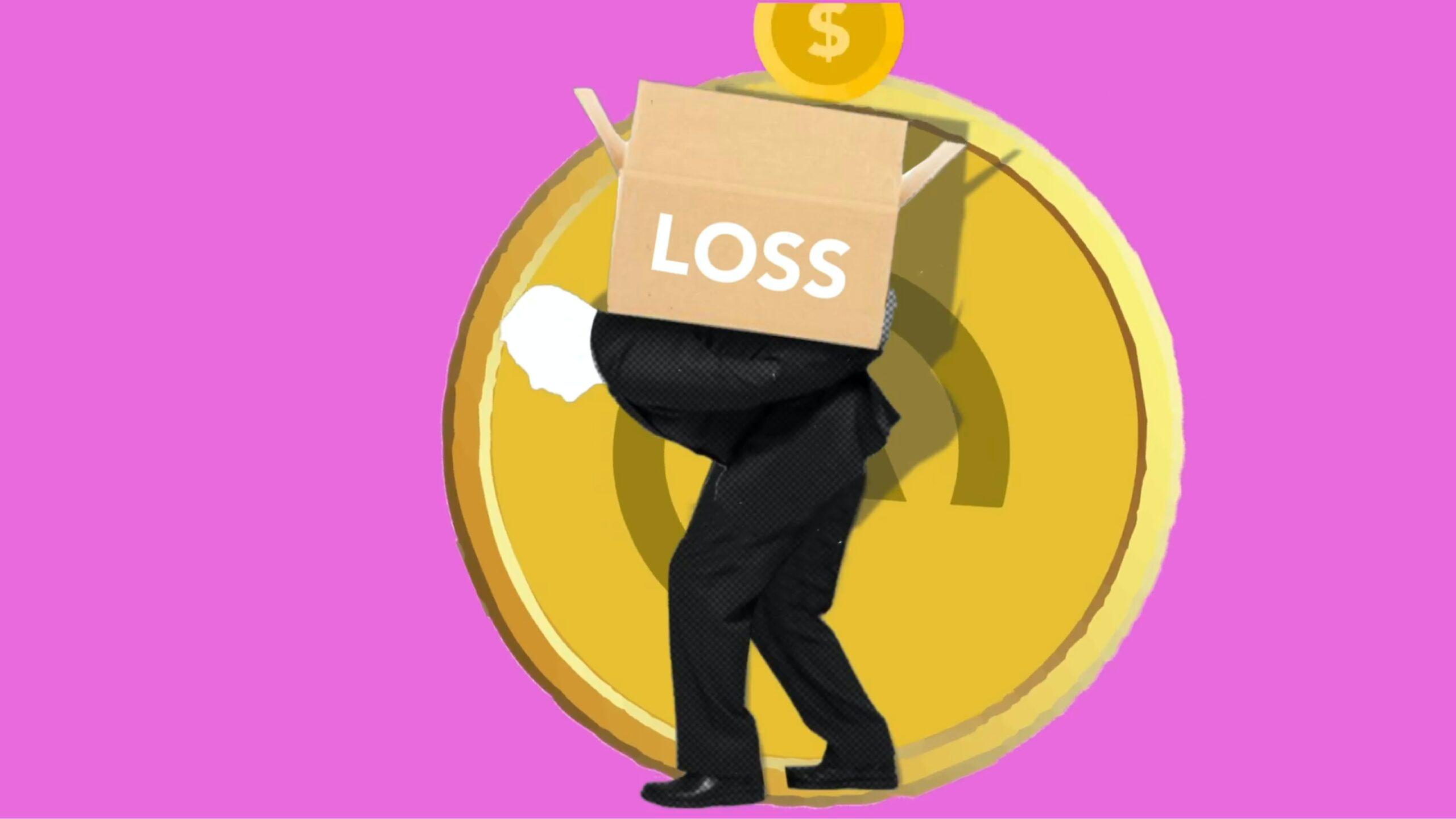
More Risk, More Return: Is it true in the stock market?
“Risk comes from not knowing what you are doing.”Warren Buffett. The essence of successful investing lies in the way an individual manages risk. Gambling is just a synonym for speculating…
“Risk comes from not knowing what you are doing.”Warren Buffett
The essence of successful investing lies in the way an individual manages risk. Gambling is just a synonym for speculation, and when you use guessing as a pillar of your investment strategy, you are bound to lose, incessantly. Making an informed choice based on the measurement of an investment option’s systematic and unsystematic risk is cardinal while investing in stock markets. But before we jump into the discussion of the correlation between risk and return, I feel that understanding the concept of risk in financial terms is fundamental and a topic of paramount importance.
What is risk?
Risk, in financial terms, is the difference between an investment’s actual return and the expected return by an investor. Risk refers to the probability and the magnitude of loss that comes hand in hand with the chosen investment product and the investment horizon of an investment. In the world of finance, risk is calculated by using standard deviation as a metric which measures the volatility or fluctuation in the price of an asset when it is compared to its historical averages in the given time frame for assessment.
What Kinds of Risk Are There?
There are certain situations in this world which you cannot avoid, but there are other situations in which the risk associated with them can be mitigated by exercising the prescribed methodologies and measures. Here is the graphical representation of the two major types of investment risks along with their sub-divisions.
Well, well, well!!!! We will not be getting into the detailed explanation of each and every type of risk for the reason that it would derail us from the agenda of this article, but we will definitely discuss the blanket types of risk, which are systematic and unsystematic risk.
What is systematic risk?
The term “systematic risk” refers to unquantifiable or market risk that has the potential to disrupt entire global markets.It is a highly unpredictable and unavoidable kind of risk to a humongous extent. Systematic risk includes interest rate changes, inflation, recessions, and wars, among other major economic, geo-political, and financial shifts in the world like “The Great Recession of 2008”.
What is unsystematic risk?
Unsystematic risk refers to a diversifiable type of investment risk which can be minimized and hopefully mitigated by proper asset selection and allocation in accordance with the prevailing sentiments in the target market. Unsystematic risk includes risks such as entry of a new market participant in a specific industry, launch of a substitute at a marginal shifting cost by a competitor, or recall of a sold product by a customer due to safety or other major concerns and then providing them with compensation, as done by Samsung after the launch of its smartphone labelled as “Galaxy S7” in 2016.
But before that, you must have a demat account. Do you think opening an online demat account is a herculean task? No, definitely not. Yes, they are complex, but our step-by-step guides make them easy as anything. Go ahead and choose a broker.
What are the financial ratios that can be used to measure the risk-return trade-offs?
As you already discussed, standard deviation is used to calculate the magnitude of risk associated with an investment product, but it has some shortcomings, like how it only shows how annual returns of an investment are spread out, which does not validate the consistency of performance in the future. We have two other ratios which can help you understand the risk associated with the investment option that you have chosen.
- Sortino: It is a financial ratio that gives a realistic idea of the downside or the negative deviation associated with a company’s stock. It helps you to measure the amount of return that you will be able to generate on a per unit basis for the given magnitude of downside risk, which can also be referred to as a chance of avoiding large losses. A higher sortino ratio is always desirable.
- Sharpe is a financial ratio that considers both upside and downside volatility and then arrives at a conclusion about a stock’s performance. A Sharpe ratio is a statistical tool that predicts the risk-adjusted return on an investment. A higher sharp ratio translates into a higher return potential along with higher risk.
Mid-cap stocks have performed ravishingly throughout these years, with a considerable amount of risk associated with them. There are various conclusions that can be drawn out from these graphs and tabular data, but the one of utmost importance is that high risk gives no guarantee or validation of high returns. When you look at the standard deviation of small cap stocks, they are the highest in the pack, but the return from US mid-cap stocks and US large-cap stocks is the highest when risk is taken into consideration.
Why aren’t gamblers the richest?
There is a vanilla answer to this: “They are just speculating.” Gamblers are hard-core speculators. If you are into stock markets and you are making decisions based on mere assumptions, grapevines, pseudo-talk and emotions, then there is no power in this world that has the potential to protect you from heavy, big, gigantic losses in the future.
Conclusion
The stock market is a blend of speculative risk (risk of potential gain or loss) and pure risk (the possibility of loss or no loss only). To magnify your returns, you need to have a blend of risk-averse and risk-prone investment products in your portfolio. There is no such financial instrument which falls under the category of absolutely risk-free investment in the world of stocks. Even the treasury securities, which are government-backed, carry a low-magnitude risk of default.
As an add-on from our side, here is the thorough segregation of financial instruments based on the level of risk associated with them.
Having a balanced portfolio is all you need to generate a decent amount of return with minimal risk. Risk profiling is another vital part of risk management and is a cardinal step in maximising returns for a portfolio. An individual needs to select his or her goals and the time frame in which they want to achieve them. Based on that, we can select the asset class which has the potential to exude the desired returns while keeping our risk appetite in consideration.
For example, a young person can aggressively invest in stocks and can even have a major part of their portfolio invested in financial instruments that portray a high risk-reward trade-off, but a person who is about to retire must not construct their portfolio with small-cap or mid-cap stocks or with any other financial instrument that requires a long time horizon to appreciate in value and carries the risk of wiping out their investment corpus.
Taking informed decisions, which can be further translated into taking calculated risk, is the heart of any investment strategy. Risk forms a negative correlation with return when you make an investment based on your emotions and not on the basis of facts and figures that are available to you.
- ONENESS TO ETERNITY – Episode 89
- ADANSEFOƆ MMERƐ NO NIE – EPISODE 121
- At least six die in crush at Ghana military recruitment event
- ADANSEFOƆ MMERƐ NO NIE – EPISODE 120
- ADANSEFOƆ MMERƐ NO NIE – EPISODE 119
Source: ArticlesFactory.com








